Smoke fills the crisp morning summer air. The thundering sounds of steam locomotion shake the ground. The clanking and creaking of railroad cars rolling up to the depot. The light clacking of my camera capturing moments. I had decided to pack my Pentax KX, a Tamron 24mm f/2.5, a Pentax-M 50mm f/2, and a Tamron 28–200mm f/3.8–5.6 XR zoom.
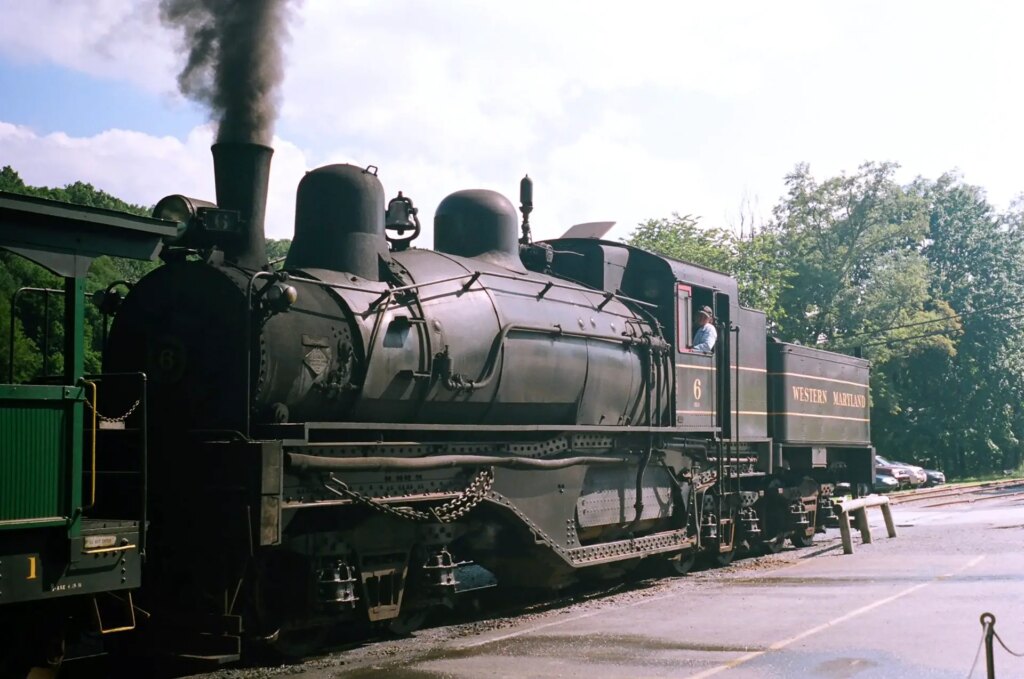
I took a trip back in the summer of 2014 out to the Cass Scenic Railroad in historic Cass, West Virginia. For railroad fans like myself, the Cass Scenic railroad hosts the largest roster of geared type steam locomotives in operation in the United States. What began life as a logging town in 1901, has become a popular destination for railroad enthusiasts, historians, and anyone that wishes to take in the beauty of nature. I decided to document this trip entirely on film. What better medium to capture and enjoy this excursion? The gear was much lighter and smaller to travel with than the digital gear I owned at the time, and the look of film was perfect to document such an area.
I chose this kit because it was simple. I didn’t want to worry about the batteries on a more modern film or digital camera (the KX being all mechanical but with a battery powered meter) and I wanted a reliable yet lightweight set-up to travel with. As you can see from the results, the meter on the Pentax KX is very good with consistent exposure. The camera, despite being fully manual, was quick to use with only a few exceptions that I will mention later.
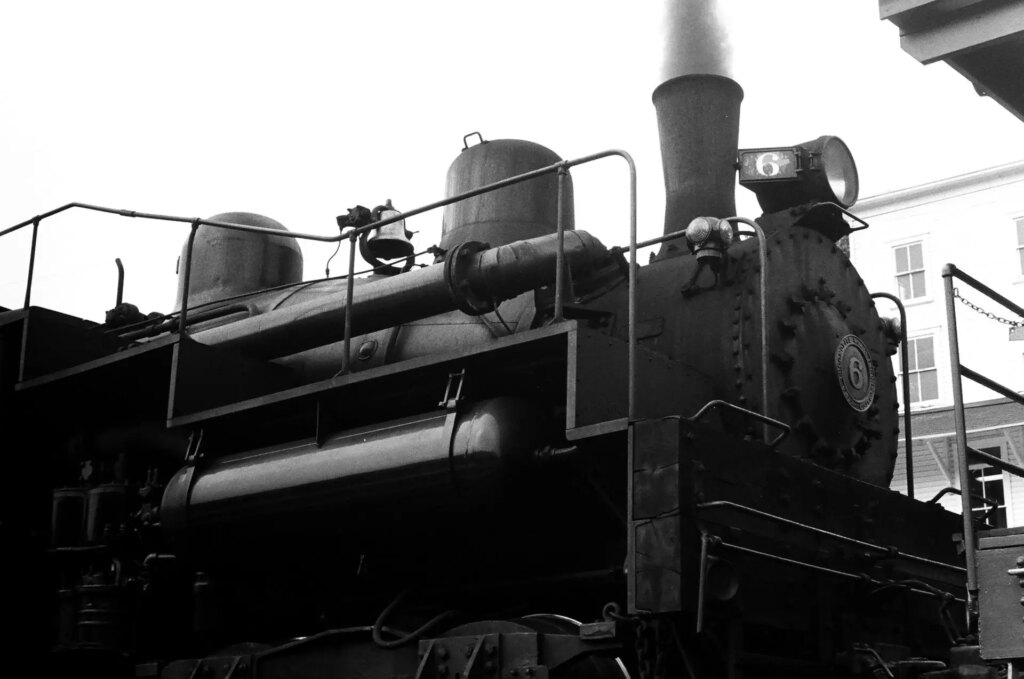
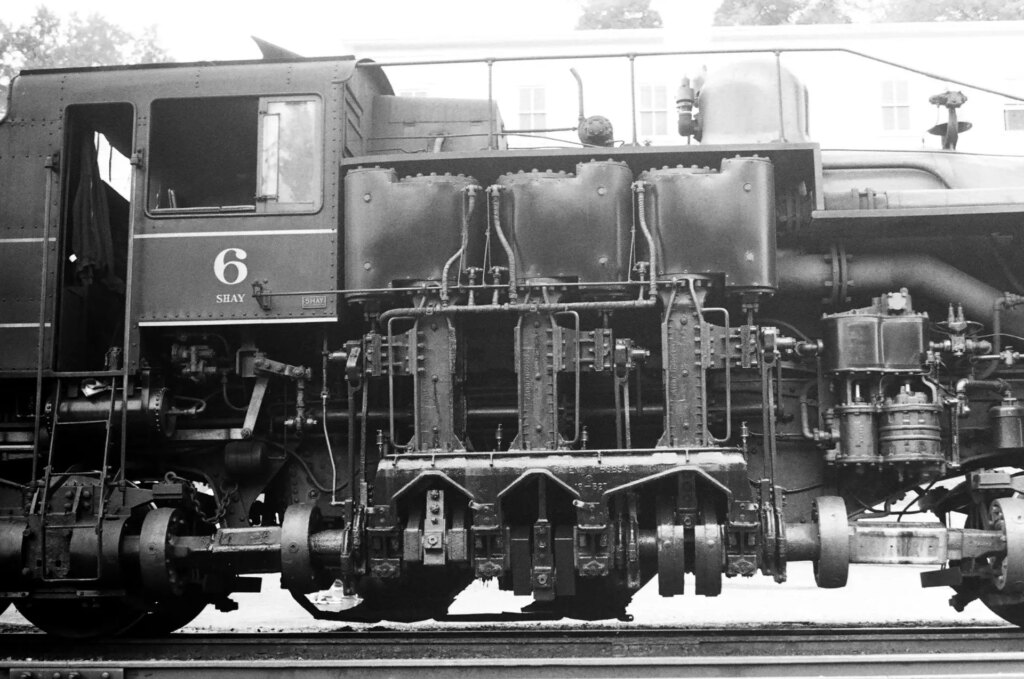
The match-needle metering is quick to read and easy to visualize what settings you need at a glance. It allows you to over or under expose a shot on the fly without the need for an exposure compensation setting or adjusting the ASA value on the meter. A very simple system for beginners to learn and one that keeps the photographer attached to the moment and in total creative control of the image making process.
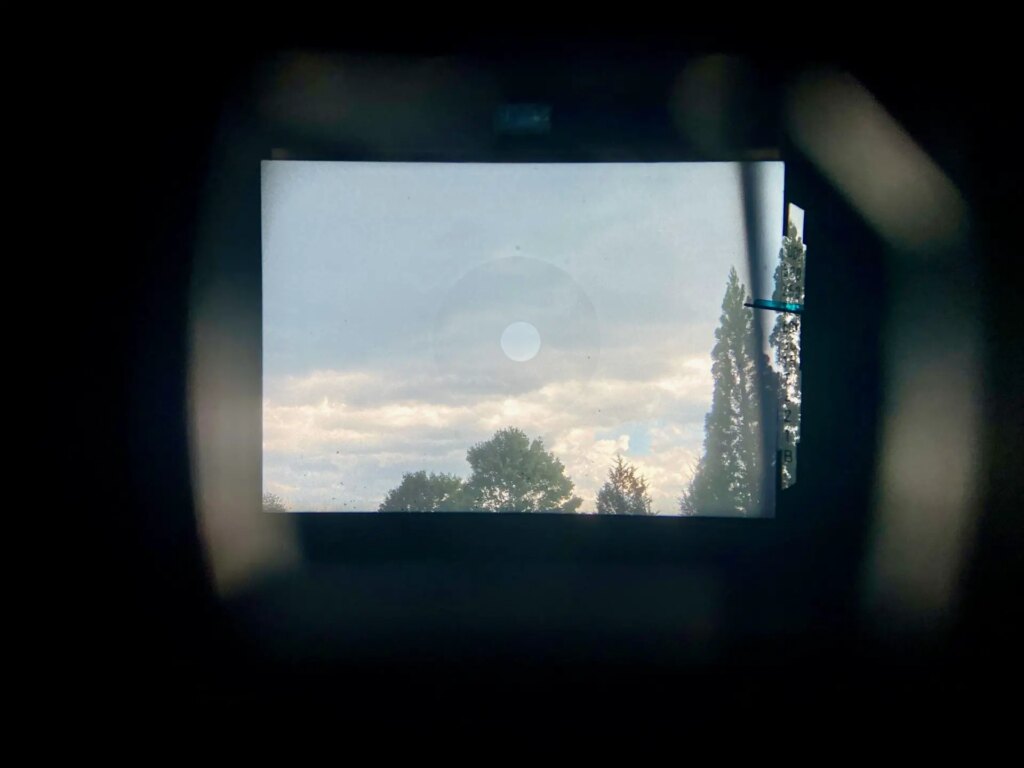
Focusing manually with the Pentax KX, as with most cameras designed for it, was a joy. The large and bright viewfinders of these cameras are rare to find in most modern cameras and go under-appreciated. The cross micro-prism focusing screen in my camera made focusing quick and easy. A split-prism focusing screen is also available and more common in most cameras that I have used. In practice, I prefer the micro-prism spot for most photographic situations. It is easy to see when your subject ‘pops’ into focus and can be better seen in low-light. A split-prism screen is nicer when photographing distant subjects and landscapes where that split allows you to set focus more accurately.
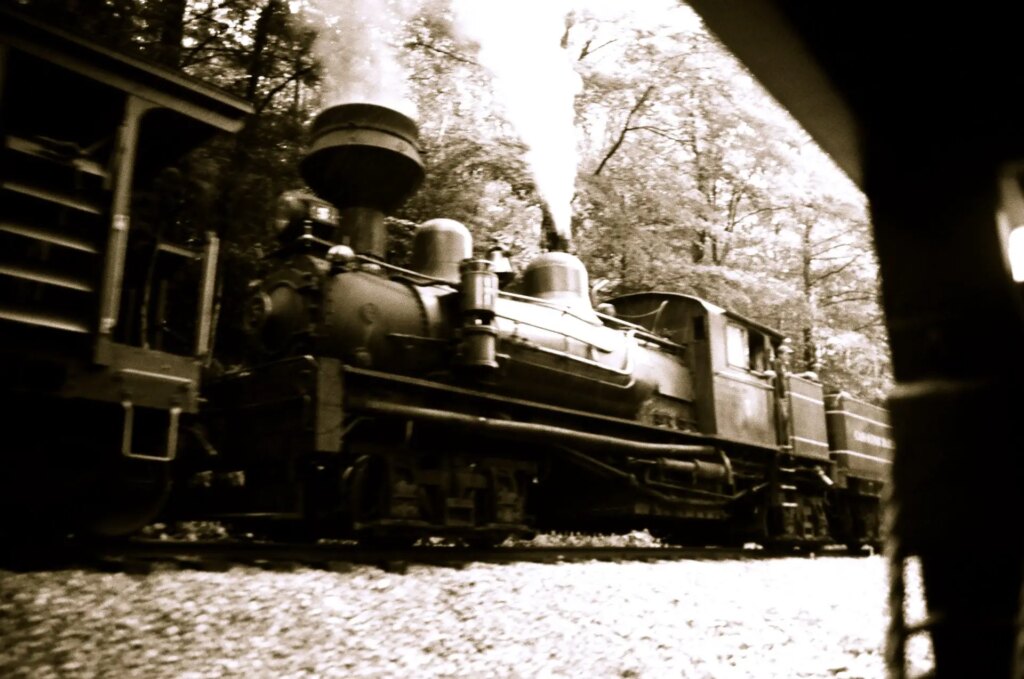
I have owned and used the Pentax KX for quite a while now, but there are still a few hick-ups I have when using it. Features that sound like brilliant designs in marketing have created a few hurdles in having a streamlined user experience.
The first item is the meter switch. To activate the meter, you have to pull the film advance lever to the ‘pre-advance angle’ and press the shutter button half-way. This was a battery-saving feature and served as an on/off switch without the need for a separate switch for that purpose. Sounds like an ingenious design right? Problem is that I don’t normally shoot with the film advance pulled out unless I plan on firing off several frames in succession. This tripped me up several times when I would half-press the shutter and the meter didn’t respond. By the time that I realized that the advance lever wasn’t pulled out, the moment had passed and my shot was lost. A great design idea but unfortunately one that I struggled to grow accustomed to.
One positive note about how the meter operates is that you only have to press the shutter button half-way to activate the meter. You do not have to hold the button the entire time to obtain a meter reading. The meter will remain active until either the film advance lever is pushed in or the shutter lock switch is returned to the locked position. The meter even remains active after taking a photo and advancing the film (again assuming that you do not push the film advance lever closed). It is very nice to just hold the camera to frame and meter your shot. It can be tedious to have to hold down the button, especially when having to manual focus and stabilize heavy lenses.
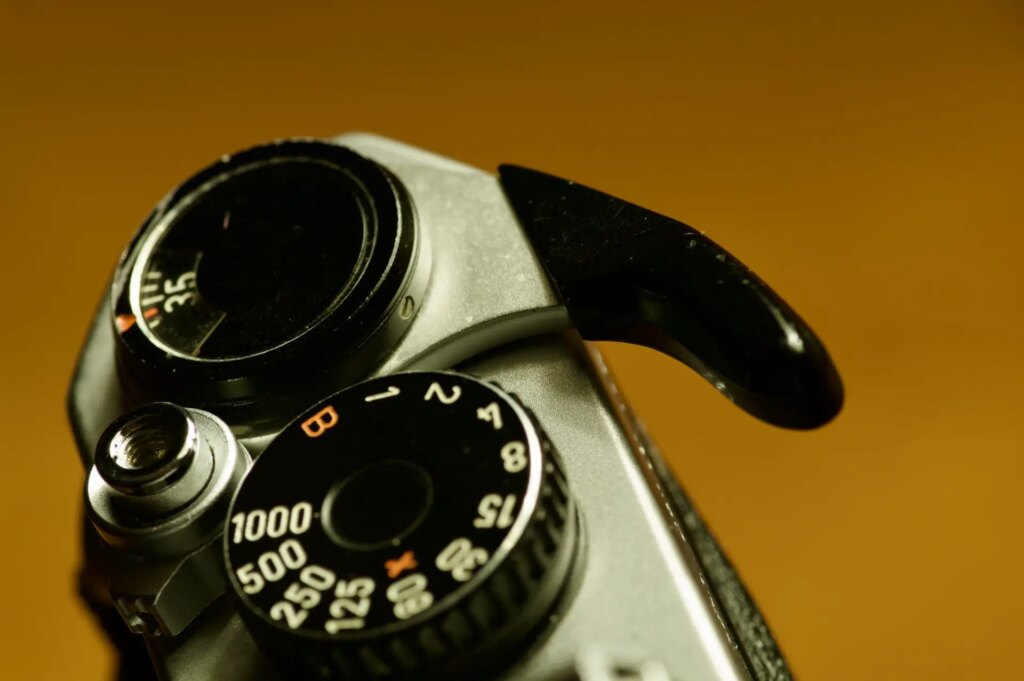
The second item is the shutter lock. I am glad the Pentax KX has one because it can be tripped in a camera bag or if bumped the right way. However, I wish it had more of a shutter guard like the Olympus OM cameras or was more flush to the body to advert accidental activation. Being self conscious of hitting the shutter, I would keep it locked when not shooting. Problem was, like with the meter switch, I would frequently forget to unlock it. Combined with the meter switch, this would create a very frustrating situation when I needed to work quickly. Granted these should be things one would get used to when using the camera a lot. For some reason I struggled a lot more with adjusting to it than I thought I would. These two things became a wrench in the gears of my workflow with what is otherwise a classic piece of mechanical camera design.
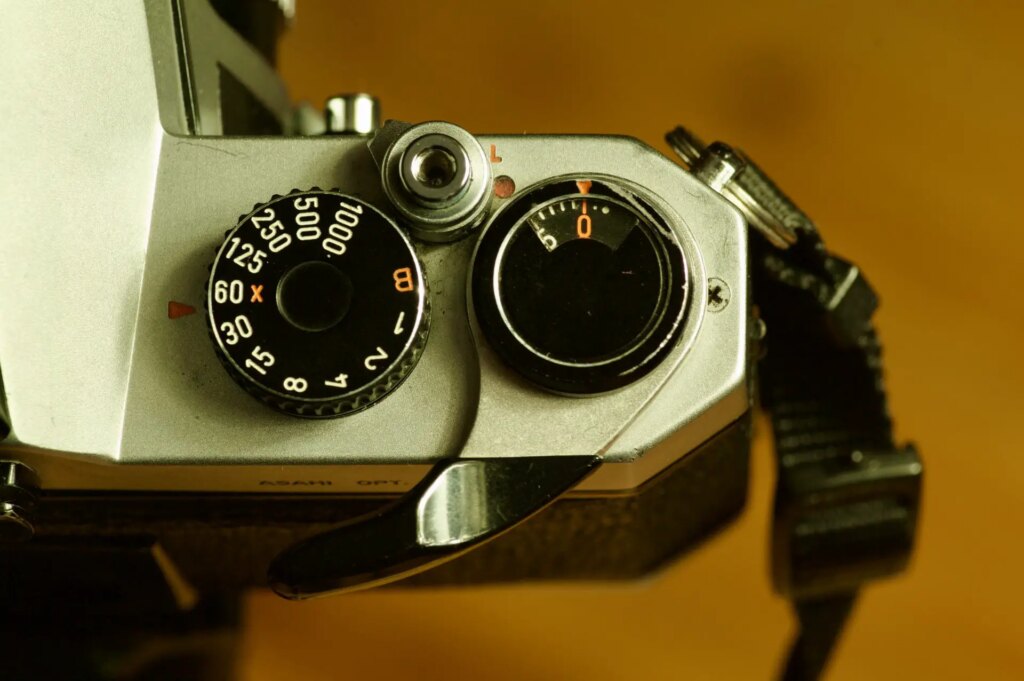
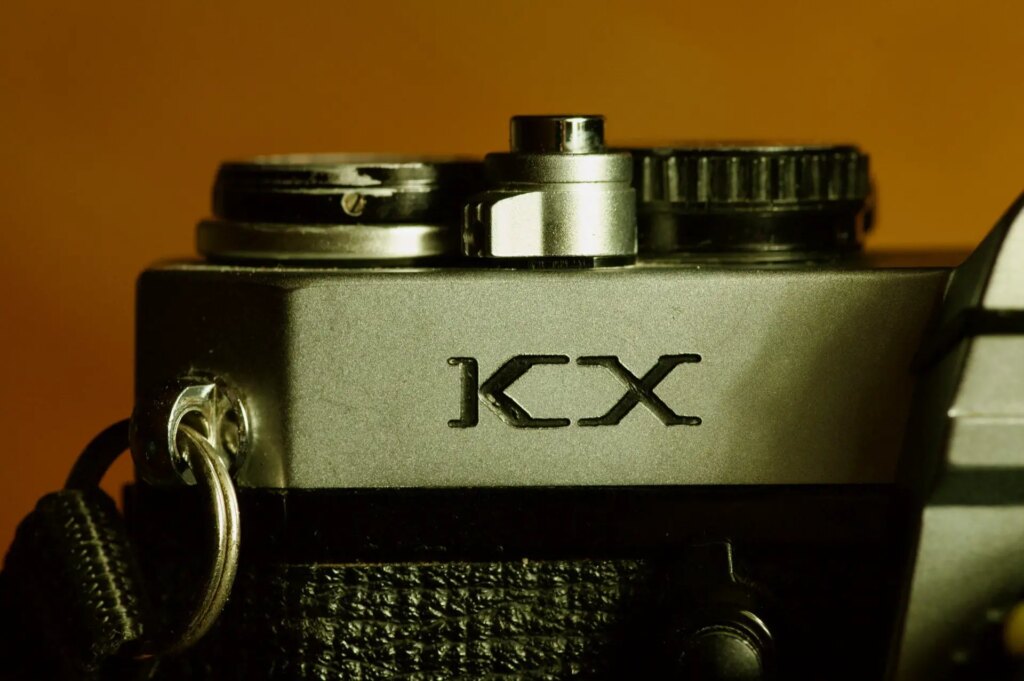
Lastly one minor design item is the aperture display in the viewfinder. It’s a key reason why I wanted a Pentax KX because I like having as much shooting info visible at once. However, the display is located at the top of the viewfinder where I find it difficult to view and often even forget about it. I wish it were located in the lower portion where it could be viewed more efficiently like in the Minolta XD-11 for example.
All things considered, my gripes are really nit-picks and things that most would grow accustomed to with use. There are still a number of subtle design elements of the Pentax KX that can’t be appreciated until one uses this camera. The chamfered edges on the base-plate is one. A simple element to reduce sharp edges and make the camera more comfortable to hold. The KX features a depth-of-field preview button and mirror lock-up capability. Features that are frequently missing from budget film cameras and even many modern SLRs.
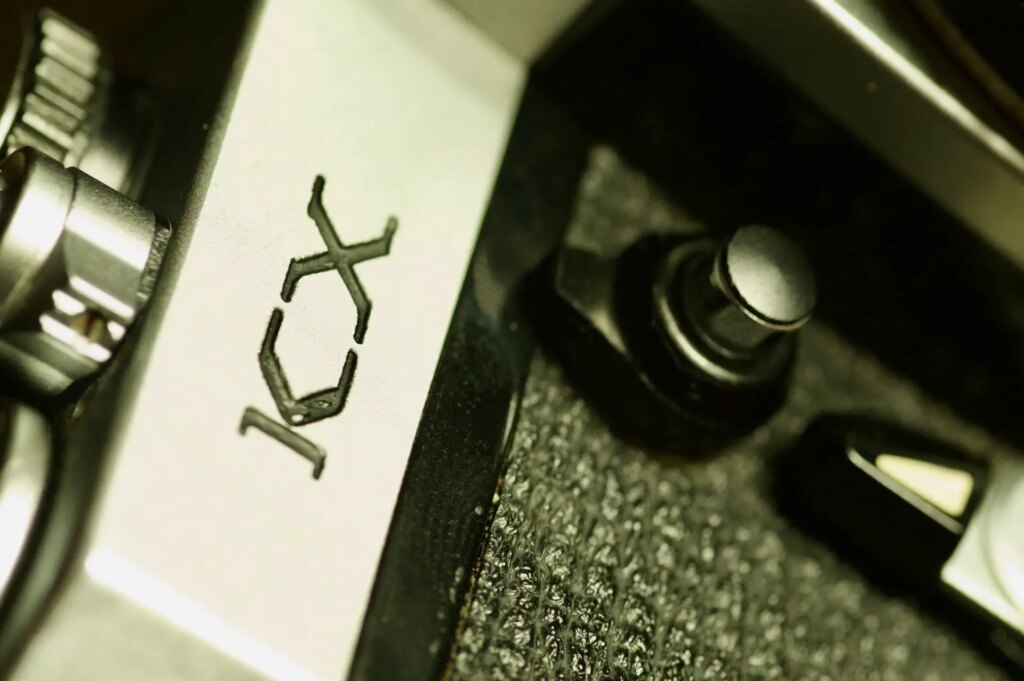
While seemingly an eclectic mix, the lenses were selected to allow me to cover a myriad of situations. The Tamron zoom covers most photographic situations, except for low light. That is where the two primes step in. The 24mm helps with giving landscapes that vastness that I sometimes want to represent. And you can never go wrong with a ‘nift-fifty’. It should come as no surprise that the primes are sharp and and both are compact. The Pentax-M 50mm in particular is quite compact and a great general purpose optic on Pentax KX. The surprise is the Tamron zoom. Most professionals frown at the super-zooms. They aren’t technically as sharp as a dedicated lens of a given focal length, but I am reminded when I use this lens just how good of a lens it actually is. The majority of the images here were taken with the zoom. Also despite being an auto-focus lens, the zoom handled great on the KX and the short focus throw made quick focussing easy on a moving train.
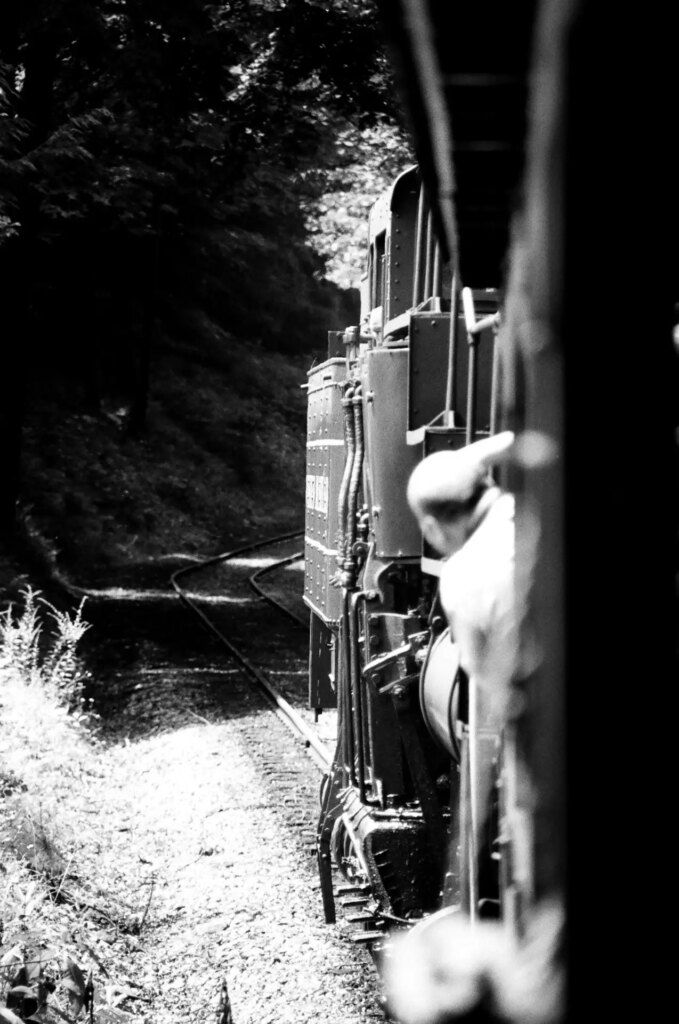
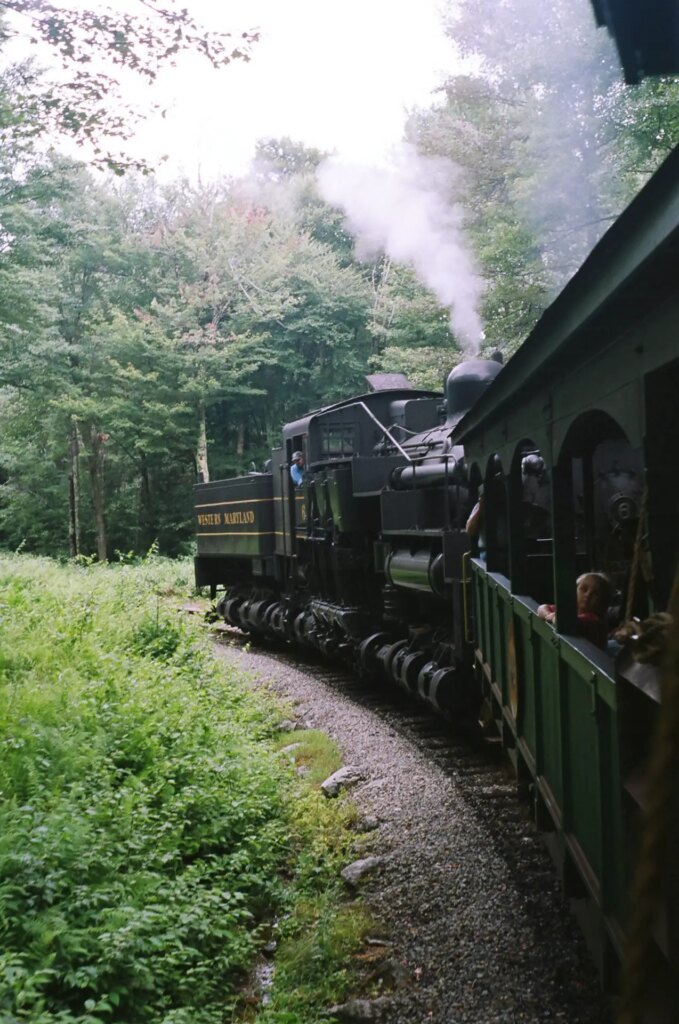
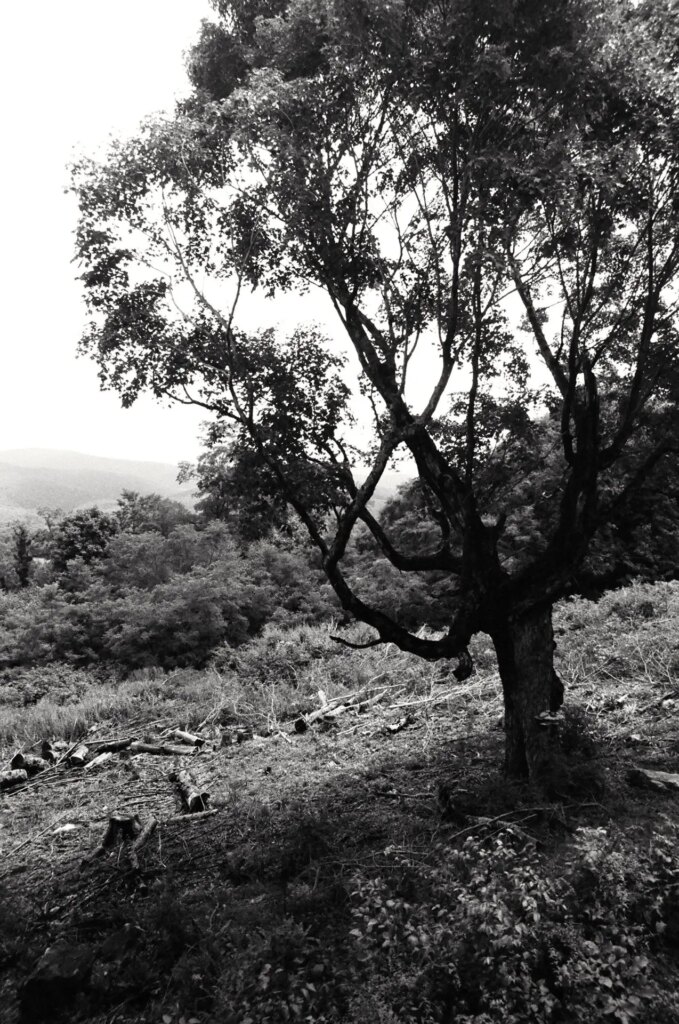
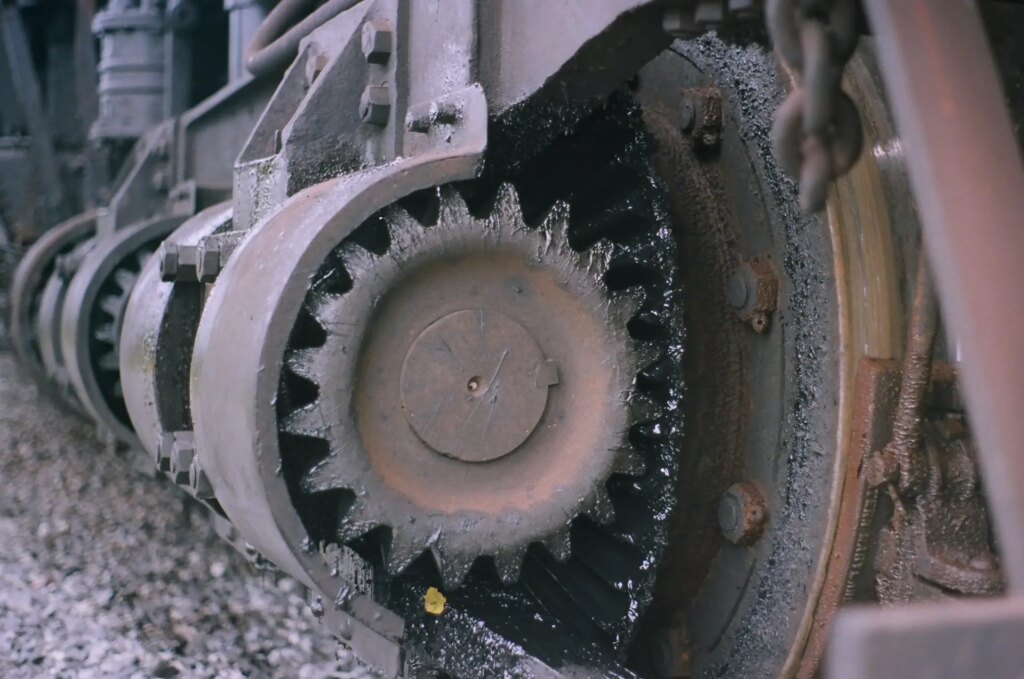
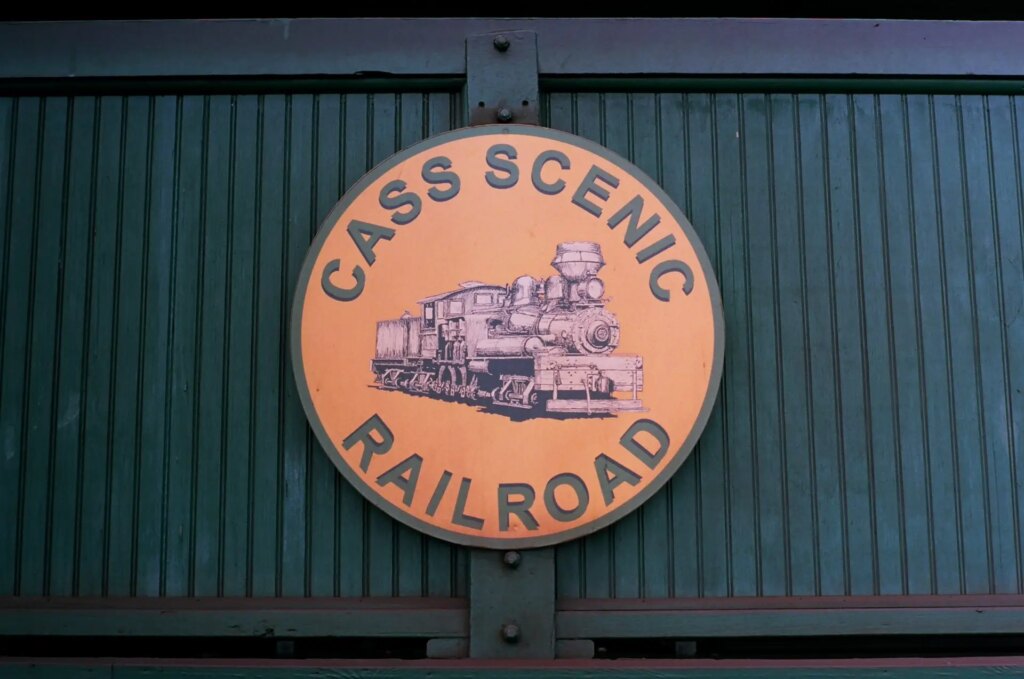
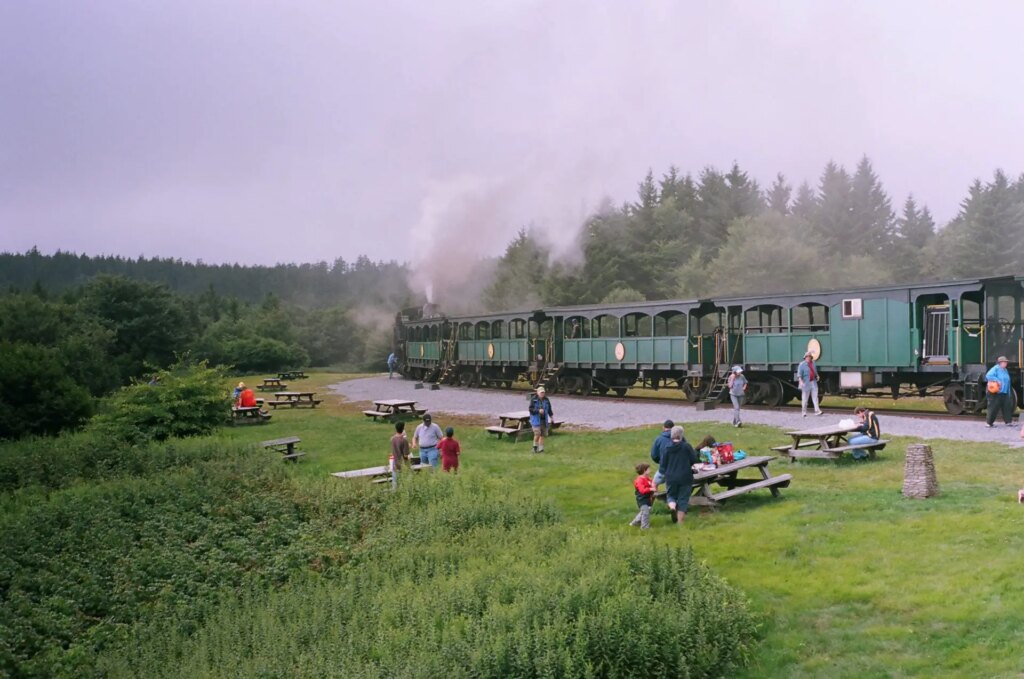
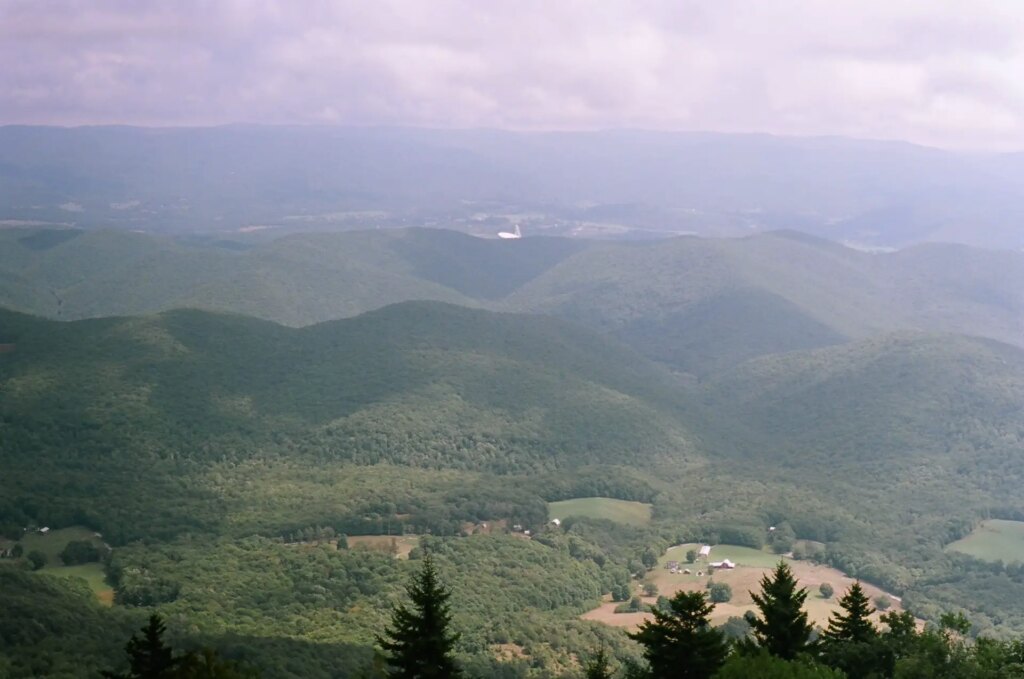
At the end of the 4.5 hour train excursion to Bald Knob, I left that day with a jacket that smelled of soot, and rolls of memories that I will cherish forever. Images were photographed on Kodak Tri-X 400, Portra 400, and Portra 160 films. The film was developed and scanned by The Darkroom. The Pentax KX and kit of lenses I took served me well!
You can find another review of the Pentax KX on 35mmc here
Share this post:
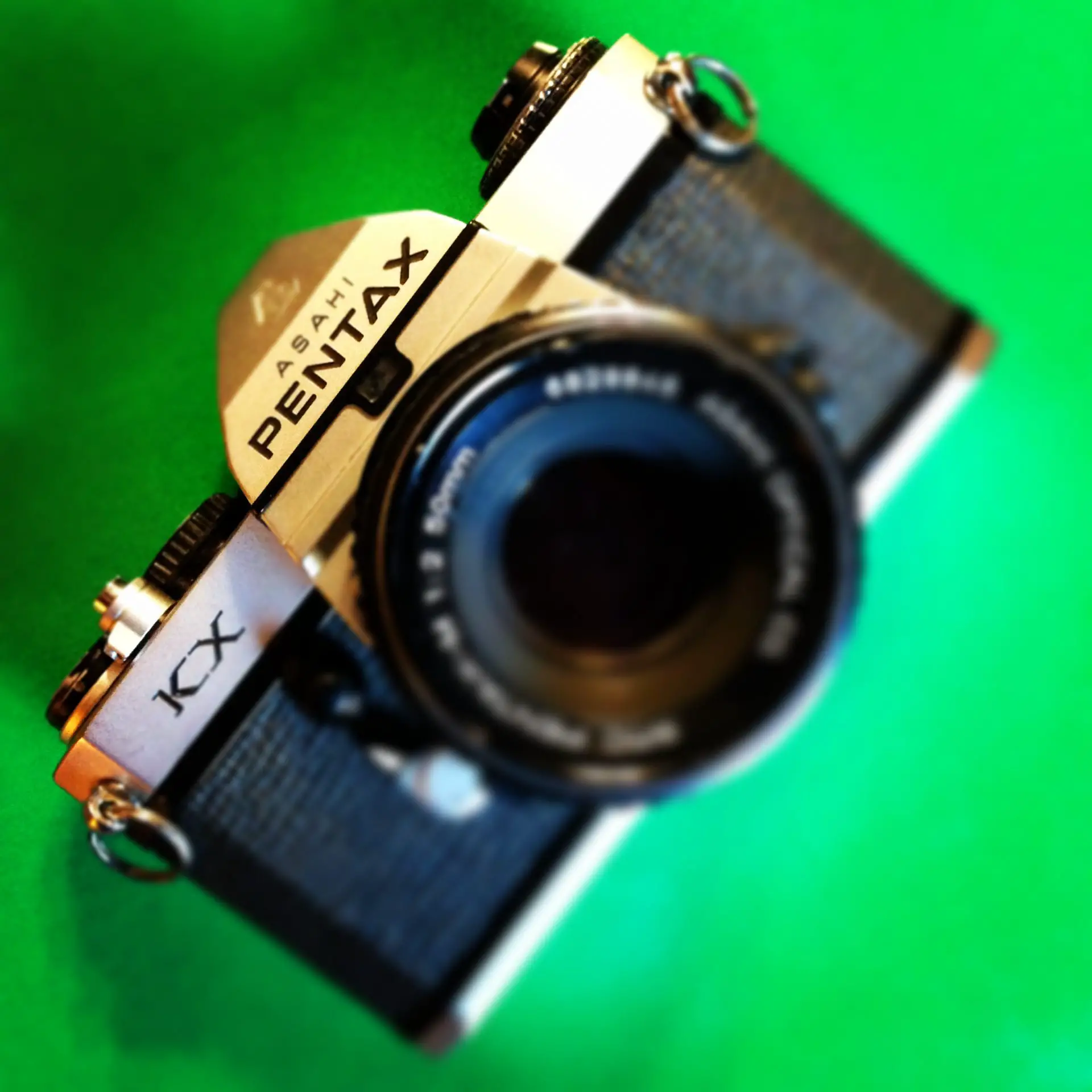








Comments
Bob Janes on Pentax KX – Mechanical Mastery, The Smoke, Sounds, and Nostalgia – By Jarrod Sams
Comment posted: 27/02/2023
Konica ended up doing something similar with the meter switch on their TC and T4, but they had the outer part of the lever sprung so that it poked against the face less. Cannot quite work out why Pentax didn't just integrate the shutter lock and meter switch -- after all it does switch off, but doesn't switch on...
Comment posted: 27/02/2023
Martin Siegel on Pentax KX – Mechanical Mastery, The Smoke, Sounds, and Nostalgia – By Jarrod Sams
Comment posted: 27/02/2023
Comment posted: 27/02/2023
Michael J on Pentax KX – Mechanical Mastery, The Smoke, Sounds, and Nostalgia – By Jarrod Sams
Comment posted: 27/02/2023
Comment posted: 27/02/2023
Don Goodman-Wilson on Pentax KX – Mechanical Mastery, The Smoke, Sounds, and Nostalgia – By Jarrod Sams
Comment posted: 27/02/2023
I will say as a long-time Pentaxian, the ergonomics you call out are, on reflections, movements that are second nature to me, and I now stumble over cameras that don’t behave in these idiosyncratic ways. For what it’s worth.
Comment posted: 27/02/2023
Kurt Ingham on Pentax KX – Mechanical Mastery, The Smoke, Sounds, and Nostalgia – By Jarrod Sams
Comment posted: 28/02/2023
Comment posted: 28/02/2023
Micorette on Pentax KX – Mechanical Mastery, The Smoke, Sounds, and Nostalgia – By Jarrod Sams
Comment posted: 28/02/2023
Comment posted: 28/02/2023